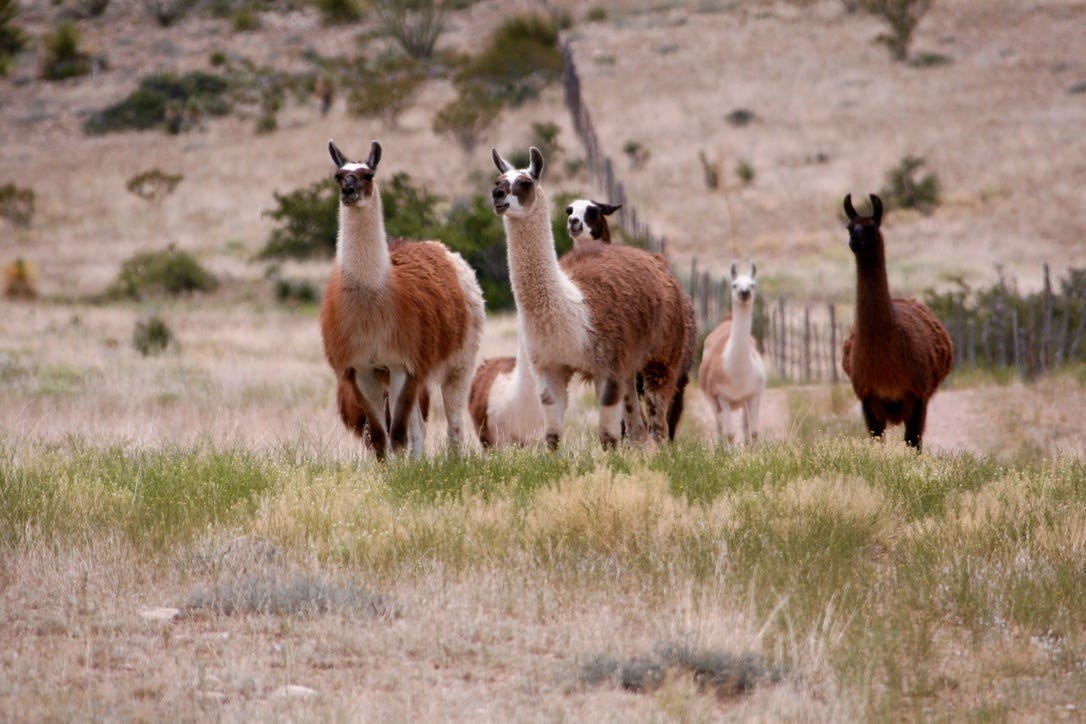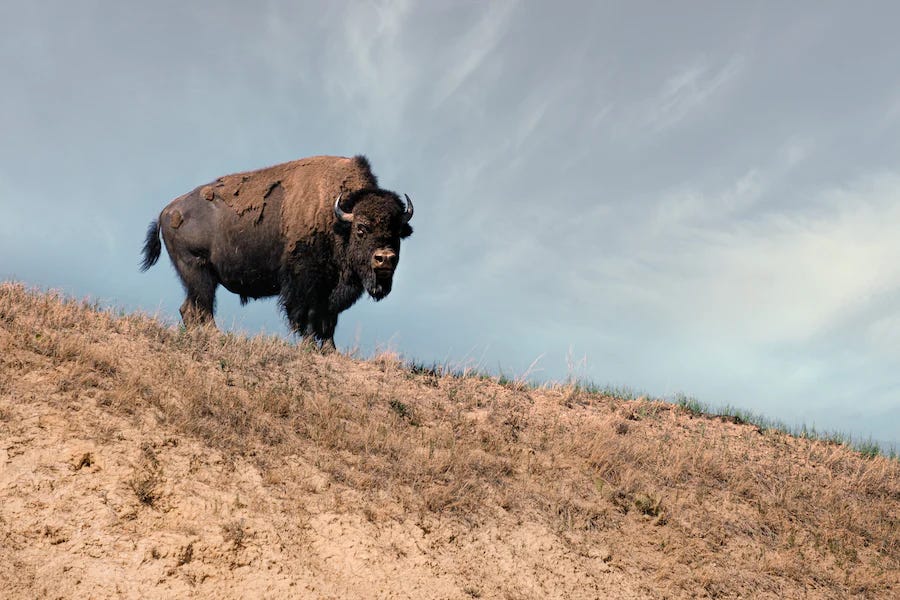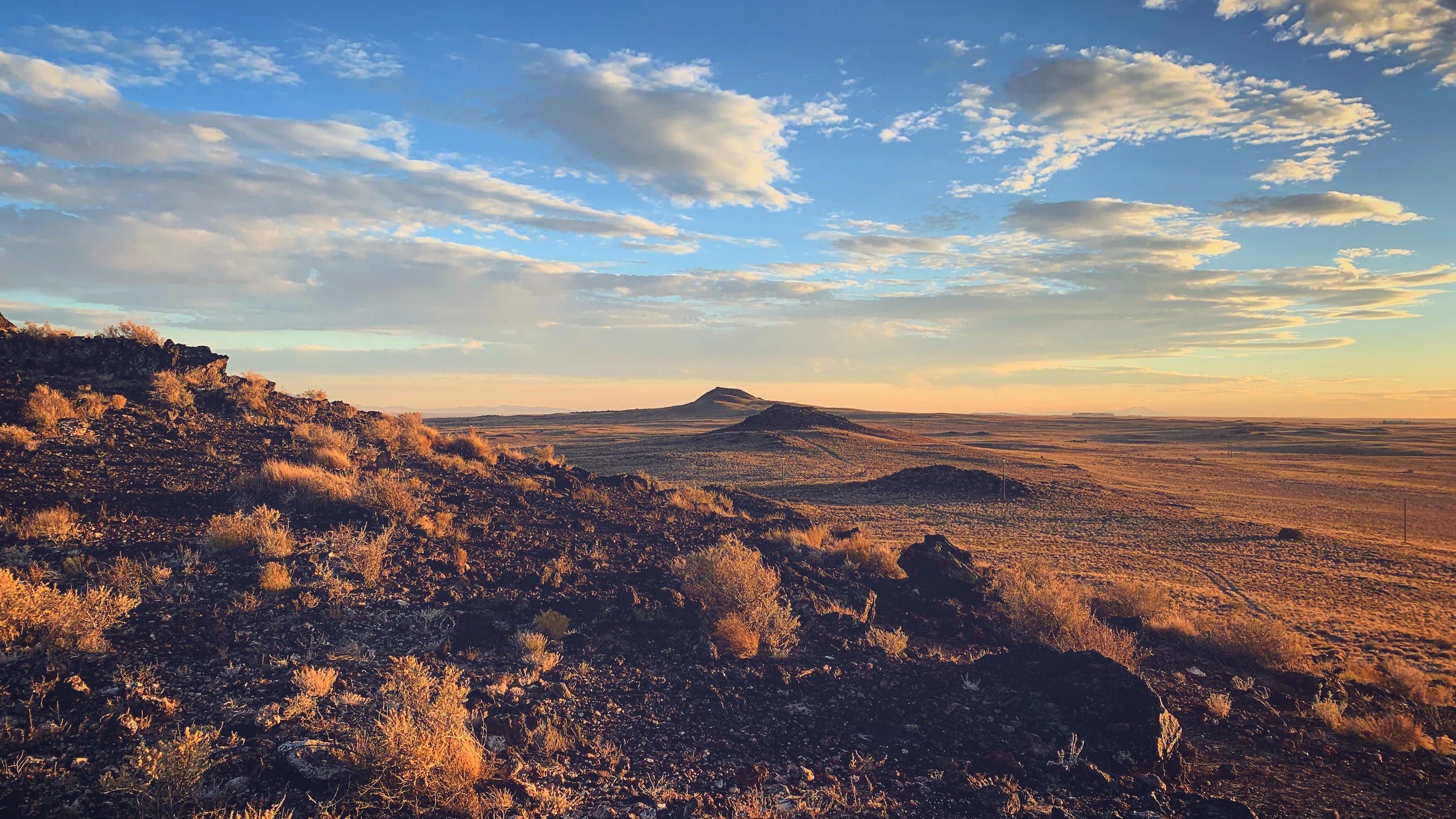Restoring Biodiversity - 12/12/2023
Llamas restoring land in Peru. Restoring bison population in Texas. What do artists and anglers have in common? And more.
Thank you for subscribing to the Pitchstone Waters weekly newsletter.
Here is what we’ve been reading, watching and writing about this week…
Articles

At the Foot of a Melting Glacier in Peru, Llamas Helped Revitalize the Land
Llamas are camelids, the family of animals that also includes Bactrian and Dromedary camels, vicunas, alpacas and guanacos. These animals evolved in North America. Llamas and their ancestors were present in North America for 40 million years.
Together with 80 percent of existing North American genera, llamas and their cousins disappeared about 10,000 years ago shortly after early human hunters arrived from Eurasia via the Bering Sea land bridge. However, unlike most other species the North American llama die out was only regional since llamas and three related species survived in South America. As discussed in the article below, South American llamas have been domesticated for around 6,500 years and these llamas have benefited South American habitat restorations.
Wild llamas do very well in the United States. This is not surprising since they and their ancestors co-evolved and were interdependent with North American plants and animals for millions of years.
Invasive species "biologists" maintain that llamas are "invasive exotics” which harm habitat and wildlife through “competition.” These claims that llamas harm American wildlife are dubious considering that this large group of animals were continuously present in North America for 40 million years, alongside a vastly more numerous and diverse menagerie of wildlife than what remains today.
So, here are a few questions for the invasive species proponents:
- If humans are natives after 12-thousand years, why aren’t llamas natives after 40-million years?
- Why would human-caused regional die outs in North America make llamas non-natives?
- Why would llama reintroductions to a region where they existed for millions of years be an invasion of an “exotic” species?
- Why is it good to restore turkey, deer, elk, bison, bighorn, prairie dogs, Whooping Cranes, grizzlies, cougar, wolves, wolverines, salmon, trout and so many other species of animals, birds, fish, trees, and plants to areas where human impact caused regional disappearances, but not llamas?
- What are the distinctions? What science justifies these distinctions?
Llamas could play an important part in restoring American biodiversity, but first we must escape the intellectual straitjacket of the historic and ecological illiteracy of invasive species biology.

Bison Return to Texas Indigenous Lands
As discussed below, efforts are underway to restore bison to native lands in Texas, and elsewhere.
Videos

Bisoncast: The Slipperiness of Fish
What do artists and anglers have in common? What do the aesthetics of fine art have to do with… dead fish?

Sustainable Ranching in New Mexico
Holistic management on a New Mexico cattle ranch.
—
And that’s it - as always thank you..
if you haven’t already - please check out our views on biodiversity at https://pitchstonewaters.com/blog/
Please pass along, and if you if you received this from a friend - consider subscribing below.
